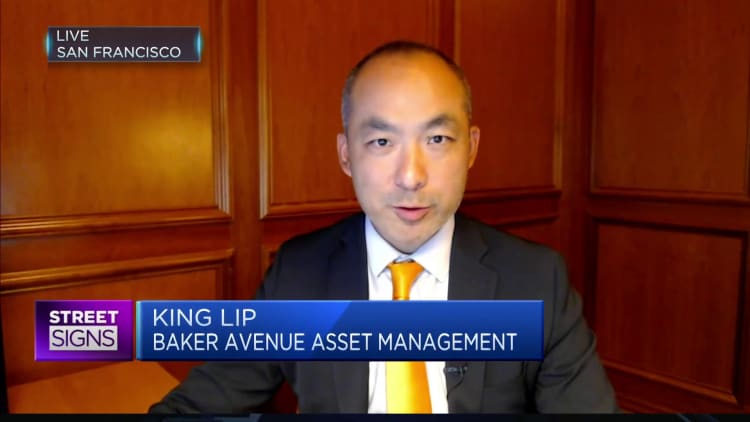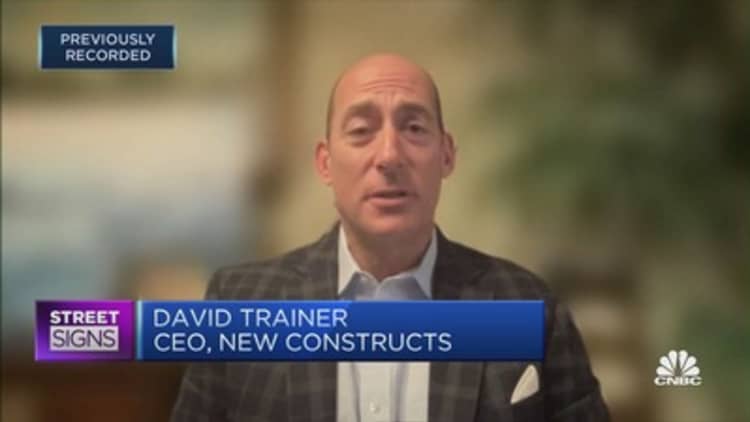
Stocks fell for a third day on Tuesday, jeopardizing a summer comeback rally, as the Federal Reserve and other global central bankers continued to signal they will raise interest rates to squash inflation despite the negative consequences for economic growth and, potentially, corporate profits.
The S&P 500 fell 1.1% to 3,986.16, dropping below the 4,000 level for the first time since July. The Nasdaq Composite lost 1.1%, to close at 11,883.14. Meanwhile, the Dow Jones Industrial Average slid 308.12 points, or nearly 1%, to 31,790.87.
The market added to losses that began Friday, when the S&P 500 shed more than 3% in a big rout following inflation-fighting comments from Fed Chief Jerome Powell and continued to fall this week. The benchmark's comeback from its mid-June low has been cut by half to 8.7%. The Dow and Nasdaq have both lost more than half their gains since the middle of June and now sit about 6% and 11%, respectively, above their summer lows.
The latest comments came from New York Fed President John Williams on Tuesday. "I do think with demand far exceeding supply, we do need to get real interest rates … above zero. We need to have somewhat restrictive policy to slow demand, and we're not there yet," Williams told the Wall Street Journal.
"We're still quite a ways from that," he added.
Williams' comments follow similar sentiments voiced by European Central Bank policymaker and Estonian central bank Governor Madis Muller, who said on Tuesday the central bank should discuss a 75-basis-point rate hike in September given exceptionally high inflation.
Short-term rates continued their march higher as investors bet on more rate hikes. The 2-year Treasury yield topped its highest in nearly 15 years.
"The markets are fragile and the hawkish reception [by the Fed Friday] shows they're trying to be crystal clear that the Fed pivot is not in the cards and they're going to continue to have inflation as their number one priority," said Stephanie Lang, chief investment officer of Homrich Berg. "That narrative is going to continue to put pressure on the market. We're just going to have a lot of volatility… into year-end."
She added that all eyes are on the Friday jobs report, but a strong number would just mean more of the same rhetoric from the Fed, in terms of its commitment to lowering inflation.
"We're at a tricky juncture, but I don't think one particular data point is going to give relief to the market," Lang said. "You're going to need to see several months of the actual inflation data continue to move down for the Fed to feel any bit of comfort."
Energy prices eased on Tuesday, with West Texas Intermediate futures, the U.S. oil benchmark, falling more than 5%. Natural gas futures also dipped.



